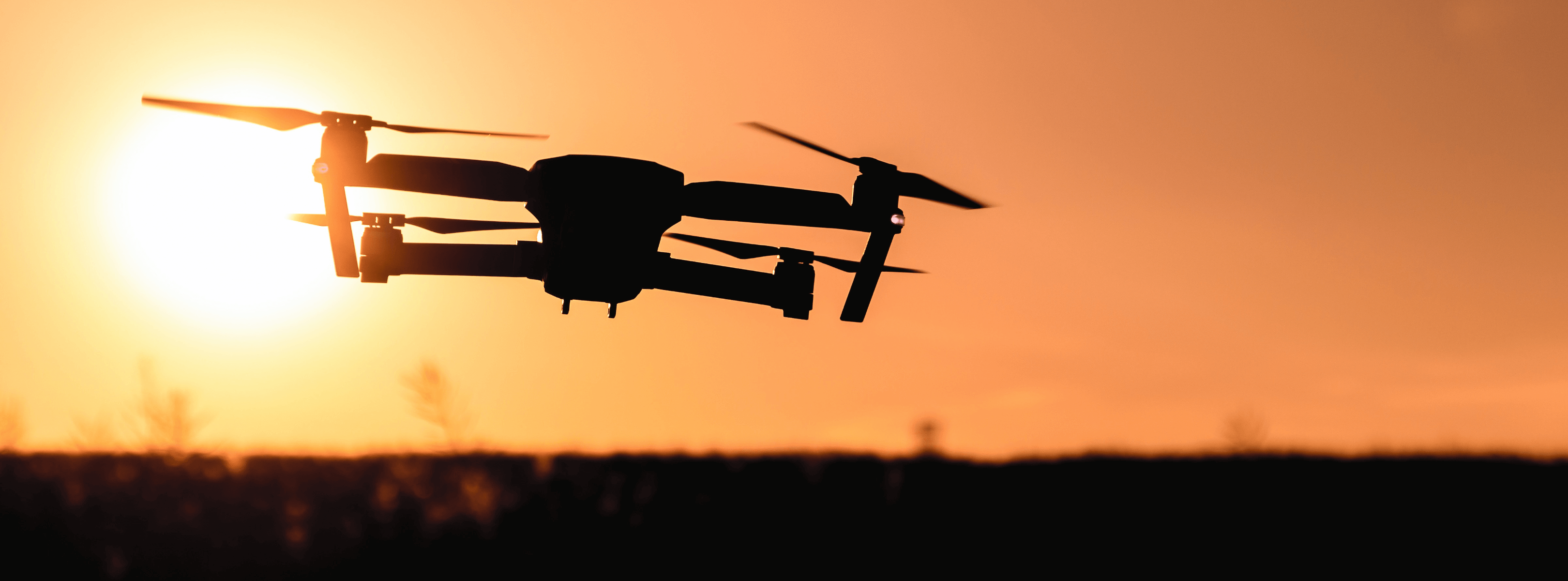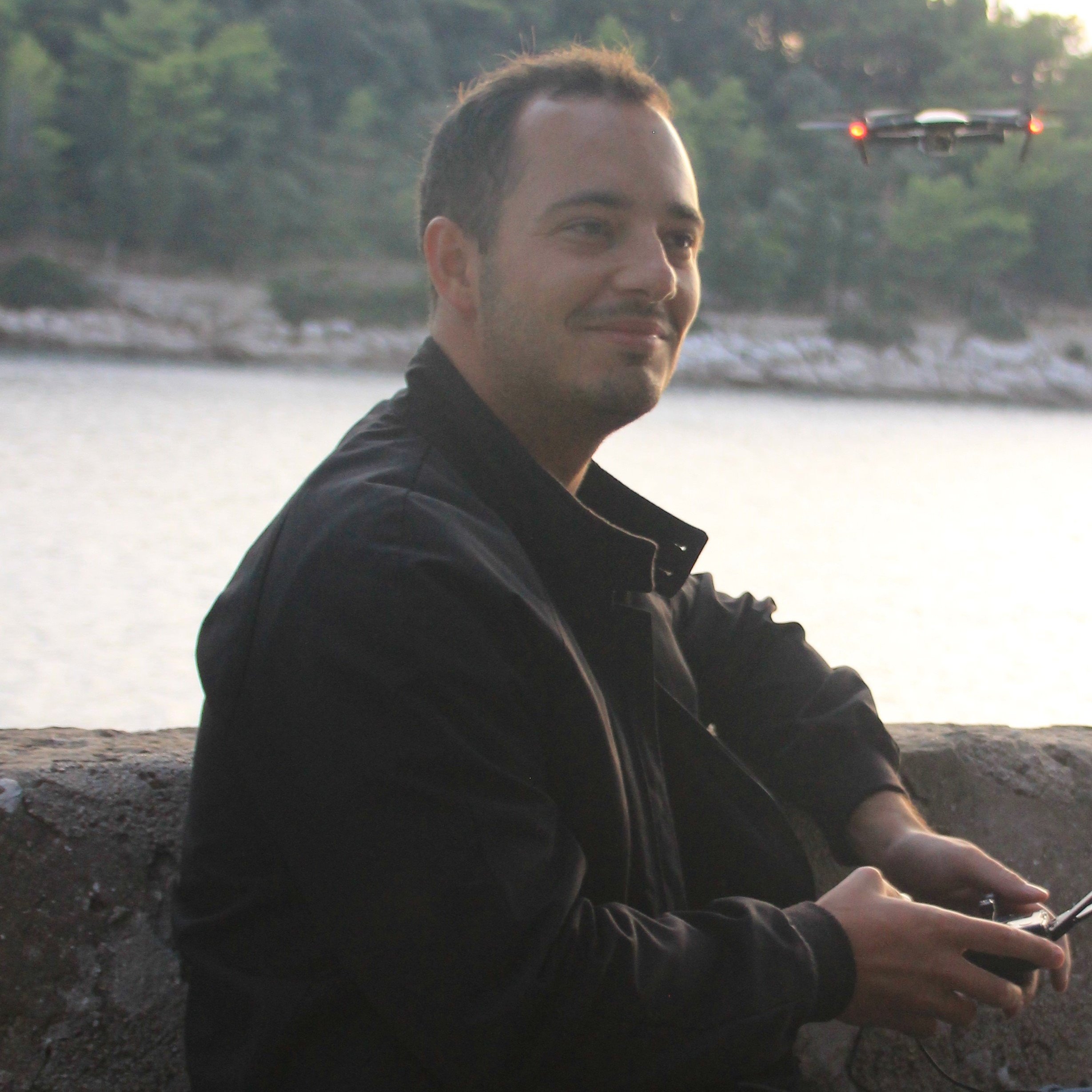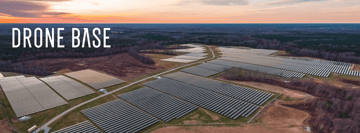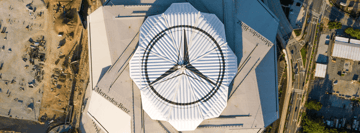As part of the FAA’s first National Safety Awareness Week, the coming days will be full of news and features encouraging pilots to follow the advice of the Know Before You Fly campaign and operate as safely as possible.
That message couldn’t come at a more important time. In California, 100,000 acres have been devastated by wildfires in recent weeks. Thousands of residents have been forced from their homes. In short, the last thing emergency teams want is irresponsible drone pilots flouting the rules and interrupting firefighting operations.
On top of ensuring our network of pilots operates within the FAA’s rules, one thing we want to focus on is the fact that only a tiny minority of the community flies in a way that compromises safety and puts others at risk.
It’s important to note that actually, drones are doing much more good than harm out there - particularly in terms of safety.
Here are a few examples of drones improving safety in scenarios that would otherwise involve putting people at risk.
Search and rescue
All over the world, rescue teams are using drone technology to assist in operations and help those who are lost or in danger, quickly.
Countless lives have already been saved with the help of drones. But one thing many outside observers fail to appreciate is the fact that using drones keeps emergency teams safe, too.
In search and rescue situations, often the terrain, the weather or a combination of the two adds risk to operations involving even the most experienced crews. The situational awareness provided by a drone from above can speed up and simplify searches.
Drones help search and rescue teams plan missions more effectively and ensure that they are only placed in harm’s way when absolutely necessary.
Infrastructure inspections
Another way drones are improving safety standards is in the field of industrial inspection. From extreme environments to the relatively mundane, putting UAVs to work often entails removing the need to put humans in dangerous situations.
Starting with the mundane, drones have taken off as tools for rooftop and vehicle inspections, from commercial real estate maintenance to American Airlines aircraft checks.
As well as getting the job done quicker, they allow engineers to keep their boots on the ground and see what needs to be done from above before committing.
Other types of inspection come with greater risk. Ensuring the structural integrity of bridges is one example. Inspection crews often have to work with ropes and harnesses to agonizingly inspect key areas. With a drone, the time engineers spend hanging by a thread can be greatly reduced - something you can read more about in this recent case study from Intel.
Bridges, buildings and oil and gas platforms are one thing. But drones are also providing a safety upgrade in some of the world’s most hostile environments, from underground caves to nuclear fallout zones.
Sending a drone in to gather data in these circumstances is infinitely safer than putting lives at risk.
Assisting first responders
Above we highlighted the ways that drones are being used in search and rescue scenarios. But it’s not only mountain rescue teams and coastguards benefiting from the technology.
There are also many examples of drones keeping emergency teams safe in situations that don’t involve missing people.
For example, earlier this year Impossible Aerospace revealed how the company’s drone had been used to provide persistent situational awareness during a police standoff in Campbell, California. The drone gave the SWAT team an aerial view of the perimeter, roof, and building exit.
The team on the ground was able to spot that an open kitchen vent was quickly leaking tear gas, so the SWAT team adjusted their strategy and made a peaceful arrest.
Circling back to the wildfires mentioned at the top of this post, drone technology has proven it can be a help to firefighters, not just a hindrance.
As well as providing intel from above for teams battling blazes, drones are actively being used to ignite controlled burns, stop the spread of fires and contain their impact.
Drone pilots rightly get called out when firefighting efforts are disrupted. But it’s worth remembering the technology can also be a part of the solution, as well as a tool that provides safety benefits in a whole range of industries.
Now that you’re convinced of the safety benefits that come with drones, take a look at our recent post on how the technology is positively impacting the U.S. economy.
If you're a drone pilot, we're offering a free all-in-one online course that educates about the complex National Airspace System (NAS) and promotes safer utilization of airspace. We've partnered with DARTdrones, the nationwide leader in drone training and certification, to give this away by simply completing this short survey.



.png?width=360&name=Banner%20Templates%20(6).png)

